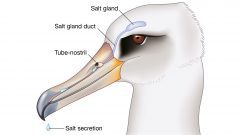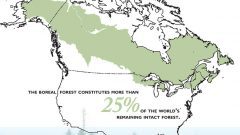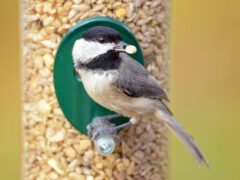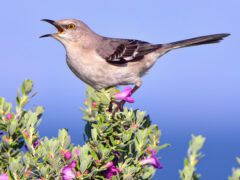Bonaparte's Gull Photo Gallery
Breeding adult
Small gull with a thin black bill. Breeding adults have an entirely black head with thin white eye crescents and red legs.
© Jim Sims / Macaulay LibraryBritish Columbia, July 10, 2020Nonbreeding adult
Small and delicate looking gull with a thin black bill. Nonbreeding adults have a black smudge behind the eye and pink legs.
© Evan Lipton / Macaulay LibraryMassachusetts, November 03, 2016Breeding adult and immature
Found along lakes, rivers, marshes, bays, and beaches. Note thin black bill, dark hood on the adult, and black ear patch on the immature.
© Jay McGowan / Macaulay LibraryNew York, May 15, 2015Not all videos have soundFirst winter
First winter birds have a black smudge behind the eye and a black bar across the wings that is visible on resting and flying birds.
© Brandon Holden / Macaulay LibraryOntario, November 08, 2005Juvenile
Juveniles are a patchwork of brown and gray, but note the dark spot behind the eye.
© Jay McGowan / Macaulay LibraryNew York, August 25, 2019Nonbreeding adult
In flight, nonbreeding adults have a white tail and black tips on the primaries.
© Darren Clark / Macaulay LibraryIdaho, November 03, 2018First winter
First winter birds show the characteristic "M" pattern on the back and have pale underwings, only showing black on the tips of the feathers. Note black tail band.
© Alan Wells / Macaulay LibraryFlorida, February 03, 2020Juvenile
Juveniles have a black "M" pattern with a mottled brown-and-gray body.
© Brandon Holden / Macaulay LibraryOntario, August 06, 2007First summer
First summer birds start to acquire black feathers on the head. Note dark spot behind the eye.
© Jay McGowan / Macaulay LibraryNew York, June 08, 2015Habitat
Breeds around lakes and marshes in the boreal forest. Winters along lakes, rivers, marshes, bays, and beaches along the coast.
© Kate Caldwell / Macaulay LibraryAlberta, July 26, 2017Compare with Similar Species
Click on an image to compare
Species in This Family
Gulls, Terns, and Skimmers(Order: Charadriiformes, Family: Laridae)
More to Read
Don't miss a thing! Join our email list
The Cornell Lab will send you updates about birds,
birding, and opportunities to help bird conservation.









































